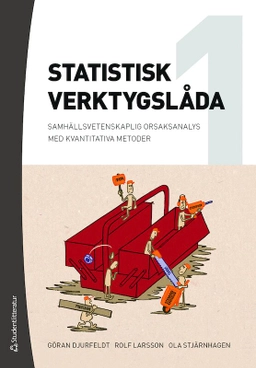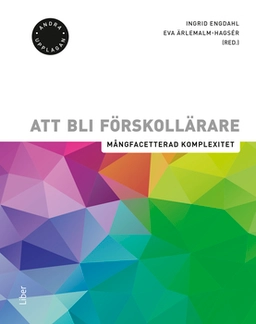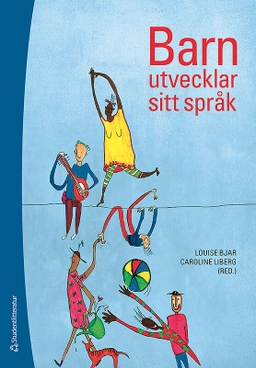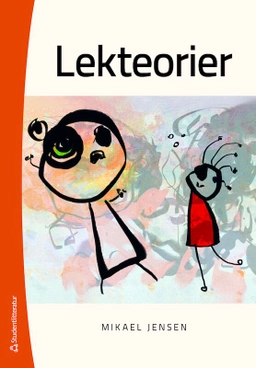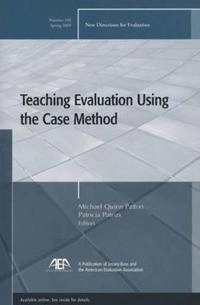

Teaching Evaluation Using the Case Method: New Directions for Evaluation, NUpplaga 1
- Upplaga: 1a upplagan
- Utgiven: 2005
- ISBN: 9780787980160
- Sidor: 112 st
- Förlag: John Wiley & Sons
- Format: Häftad
- Språk: Engelska
Om boken
Åtkomstkoder och digitalt tilläggsmaterial garanteras inte med begagnade böcker
Mer om Teaching Evaluation Using the Case Method: New Directions for Evaluation, N (2005)
I mars 2005 släpptes boken Teaching Evaluation Using the Case Method: New Directions for Evaluation, N skriven av Oddbjörn Evenshaug. Det är den 1a upplagan av kursboken. Den är skriven på engelska och består av 112 sidor. Förlaget bakom boken är John Wiley & Sons som har sitt säte i Hoboken.
Köp boken Teaching Evaluation Using the Case Method: New Directions for Evaluation, N på Studentapan och spara pengar.
Referera till Teaching Evaluation Using the Case Method: New Directions for Evaluation, N (Upplaga 1)
Harvard
Oxford
APA
Vancouver















